Nearly two weeks have passed since President Barack Obama made history with a phone call to his Iranian counterpart, Hassan Rouhani, during the final moments of Rouhani’s inaugural visit to New York for the United Nations General Assembly meetings. And less than a week remains before diplomats from the two adversaries sit down in Geneva, along with European, Russian and Chinese representatives for the latest round of a long-running negotiation on Iran’s nuclear program — talks that have suddenly assumed new meaning and newly inflated expectations thanks to the bilateral breakthrough. This interlude offers an opportunity to take stock of what has been achieved and what lies ahead for diplomacy aimed at resolving the Iranian nuclear crisis.
Since news of the presidential phone call went public — initially via a Twitter account associated with Rouhani, momentarily preempting President Obama’s hastily-organized press conference — the shock of the unprecedented direct contact between Iranian and American leaders has faded. So has the glow of the calculated charm offensive that Rouhani and his colleagues waged during their week in New York. Both leaderships have seen some public pushback from their domestic political rivals, who distrust the sudden embrace of diplomacy, and are gearing up for the talks as the first real substantive test of the gamble they took in breaking one of the central taboos of Iran’s post-revolutionary order.
The weeks since the epic phone call have clarified several important dimensions of the diplomatic landscape. First, the Iranian overtures were no accident or happenstance; the outreach to Washington was the product of a meticulously prepared operation by Tehran, one that could only have taken place with the explicit endorsement of Iran’s supreme leader, Ayatollah Ali Khamenei, and the rest of the regime’s traditional base. That Rouhani has a mandate to seek a serious nuclear deal has been progressively more transparent since the launch of his surprisingly audacious campaign for the president last May, and his reception since his return from New York only offers further confirmation.
By the standards of Iranian politics, the blowback from the president’s ground-breaking U.S. visit has been so mild as to suggest that it almost seems pro forma: a few agitators around his arrival motorcade, various sharp-elbowed commentaries in the country’s famously rabble-rousing press, muted public criticism from military and clerical hardliners emphasizing the perfidious nature of the American adversary. All the while Rouhani and his senior lieutenants, including Foreign Minister Mohammad Javad Zarif, have stayed on message and have continued their careful abatement of the polarization and repression that dominated Iran for most of the past eight years (including the release of a prominent imprisoned journalist and an agreement to upgrade diplomatic ties with Britain).
The clearest signal, of course, is the wary backing for Rouhani’s overtures that was offered publicly a few days ago by Khamenei. The Supreme Leader doubled down on his curious endorsement of ‘heroic flexibility’ prior to the New York trip with a speech declaring his support for the new government’s diplomacy. His approval was hardly unconditional — he described some of what was undertaken in New York as ‘not proper’ and reiterated his longstanding antipathy toward and suspicion of Washington. But contrast all this with the furor and rapid backtracking that has accompanied far less grandiose Iranian overtures in the past, and it’s not difficult to appreciate why most scholars of Iran are convinced that we are witnessing a real and significant effort by Tehran to dial back its confrontation with the world over the nuclear issue.
That is not to say that it will succeed, however. Over the course of the past 34 years, both Washington and Tehran have intermittently sought diplomatic openings, with little sustained momentum or lasting progress in resolving the differences between the two countries. And the optimism generated in New York — as much by the half-hour bilateral exchange between Foreign Minister Zarif and U.S. Secretary of State John Kerry as by the presidential phone call — is being tested by widespread uncertainty about what commitments the Iranians are willing and capable of making on the nuclear program, as well as what price that they will demand in exchange. U.S. officials have made clear that they along with their international partners in the P5+1 negotiating team expect Tehran to bring a serious new proposal to the table next week in Geneva. And despite news reports speculating on various iterations of an ambitious new Iranian offer, one that would meet and even exceed the confidence-building measure proposed by the P5+1 in prior rounds of talks, Western officials insist that nothing has yet been formally communicated.
The second and perhaps equally important dimension of the diplomatic landscape that has come into focus since the UNGA spectacle is the appearance of a more significant bilateral channel than has existed between Tehran and Washington in many years. Most of the communication between the two governments that has taken place in the 34 years has been effected via intermediaries. The official ones include the Swiss government, which serves as Washington’s protecting power in Tehran and transmits formal statements, and the Sultan of Oman, who has proven a reliable and discreet interlocutor for more sensitive messages. And of course there have been innumerable unofficial go-betweens of varying credibility and authority, such as the stream of former officials, journalists, think tankers and influentials who overflowed Zarif’s dance card during his three-week stay in New York.
The scope of what transpired over the course of Rouhani’s UNGA stay — the Foreign Ministers’ bilateral, the presidential conversation, even the return of a smuggled antiquity from ancient Persia (a move whose symbolic brilliance has gone underappreciated) — suggests a steady, direct channel of official dialogue has been established and maintained between the two governments. It is hard to imagine these breakthroughs could have been coordinated without some new regular dialogue taking place at a working level at least. If nothing more comes of the Rouhani moment, such a channel will still have lasting importance and utility for advancing U.S. interests vis-à-vis Iran.
In the run-up to next week’s talks, there is an understandable focus on the scope and scale of a new Iranian nuclear offer. After all, this is where the rhetoric meets the road, where whatever substance lies behind Tehran’s copious signaling and suggestions will be manifest or not. The questions on many minds in Washington and other world capitals — is Rouhani for real, and can he deliver? — will be less uncertain once the discussions in Geneva have concluded next week. Still, to my mind, the bigger and potential more crucial uncertainty lies in the response: what can the international community provide in return for any Iranian concessions on the nuclear program?
This gets to the heart of Tehran’s reluctance (and/or inability) to compromise: from the start of the nuclear standoff, Iranian leaders have insisted that any self-imposed constraints on what they see as Iran’s unfettered right to pursue the full nuclear fuel cycle should be rewarded by the international community. The price that they have endured for this insistence — the global sanctions regime that has progressively severed Iran’s connections to the international financial system — has only reinforced this sense of entitlement.
Conversely, American and European officials are loathe to remunerate Iran for a program that they see as provocative and destabilizing and for what they see as an unlawful defiance of United Nations demands. More immediately, there is a profound disinclination to relax the very pressure that they believe has generated Tehran’s newfound eagerness for a swift resolution of the nuclear file. For this reason, the most recent proposal from the P5+1, tabled earlier this year at Almaty, offered only to loosen restrictions on petrochemicals trade and gold-based transactions, and even this latter provision would be complicated by more recent U.S. sanctions.
This issue looms particularly large for Rouhani, who knows all too well from his personal experience in managing the nuclear talks with the Europeans a decade ago how quickly Tehran’s political winds can shift away from any willingness to compromise. The concession that he brokered at that time — a suspension of uranium enrichment and reprocessing that survived nearly two years — was deeply resented by many of Iran’s hardliners, including the Supreme Leader who described it as a ‘retreat’ in a public speech little more than a year ago. He and Zarif understand that sustaining any process of dialogue on the nuclear issue will become progressively more difficult, particularly if they cannot demonstrate that concessions result in commensurate improvements for Iran’s nuclear cooperation.
So while much of the world will be watching what Tehran puts on the table next week in Geneva, I will be watching carefully to see how Washington and its international partners respond. U.S. officials have made clear that the sanctions with the greatest impact, including the measures targeting Iran’s Central Bank and its oil exports and investments, will remain in place until a durable, comprehensive deal. And even if the Obama Administration was inclined to be a generous, it faces a Congress that is manifestly disinterested in pragmatic stewardship of American national interests and where Iran sanctions face no meaningful opposition. For their part, the Iranians have been equally clear that they want to see sanctions relief in precisely the same areas where Washington is unwilling to move. And while Iranian leaders appear more eager for a deal, they may not be quite so desperate as the conventional wisdom now presumes.
In 2012, an initially promising round of talks sputtered after American negotiators profferred permission for Tehran to purchase U.S. spare parts for Iranian aircraft as an incentive for Iran’s willingness to end its higher-level enrichment activities, a laughably cheap bid. This time around, the prospects are far better and the stakes are far higher. The key to success lies in the ability and the willingness of Washington and the international community to invest at least as much ingenuity in developing a menu of prospective sanctions relief as the Treasury Department and other institutions have devoted to identifying new means of exerting economic pressure on Iran.
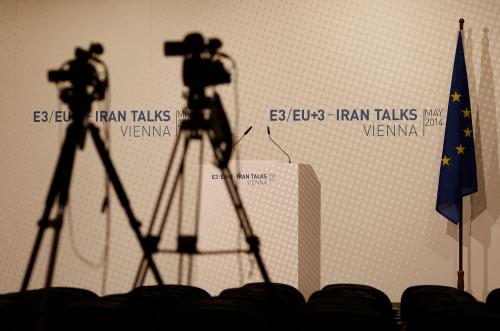
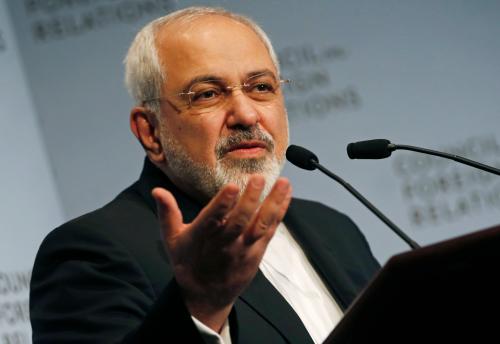
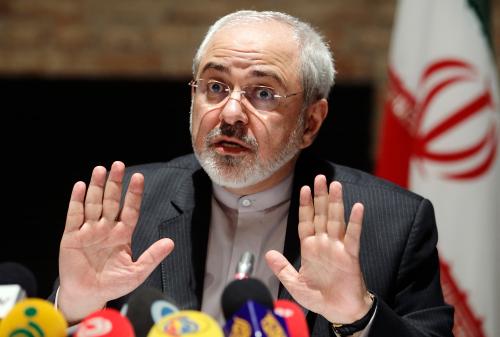
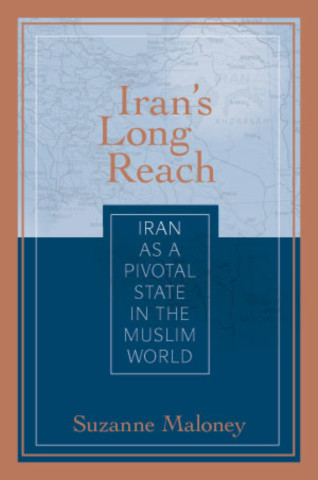
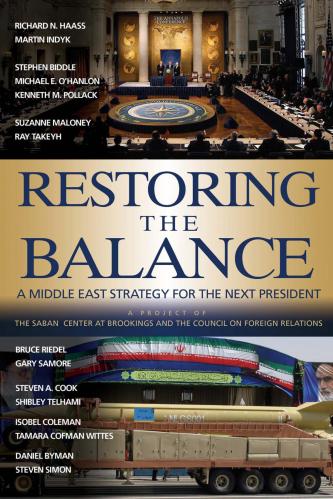

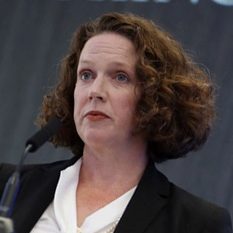


Commentary
Iranian Aftershocks: Washington And Tehran Face An Uncertain Diplomatic Landscape
October 10, 2013